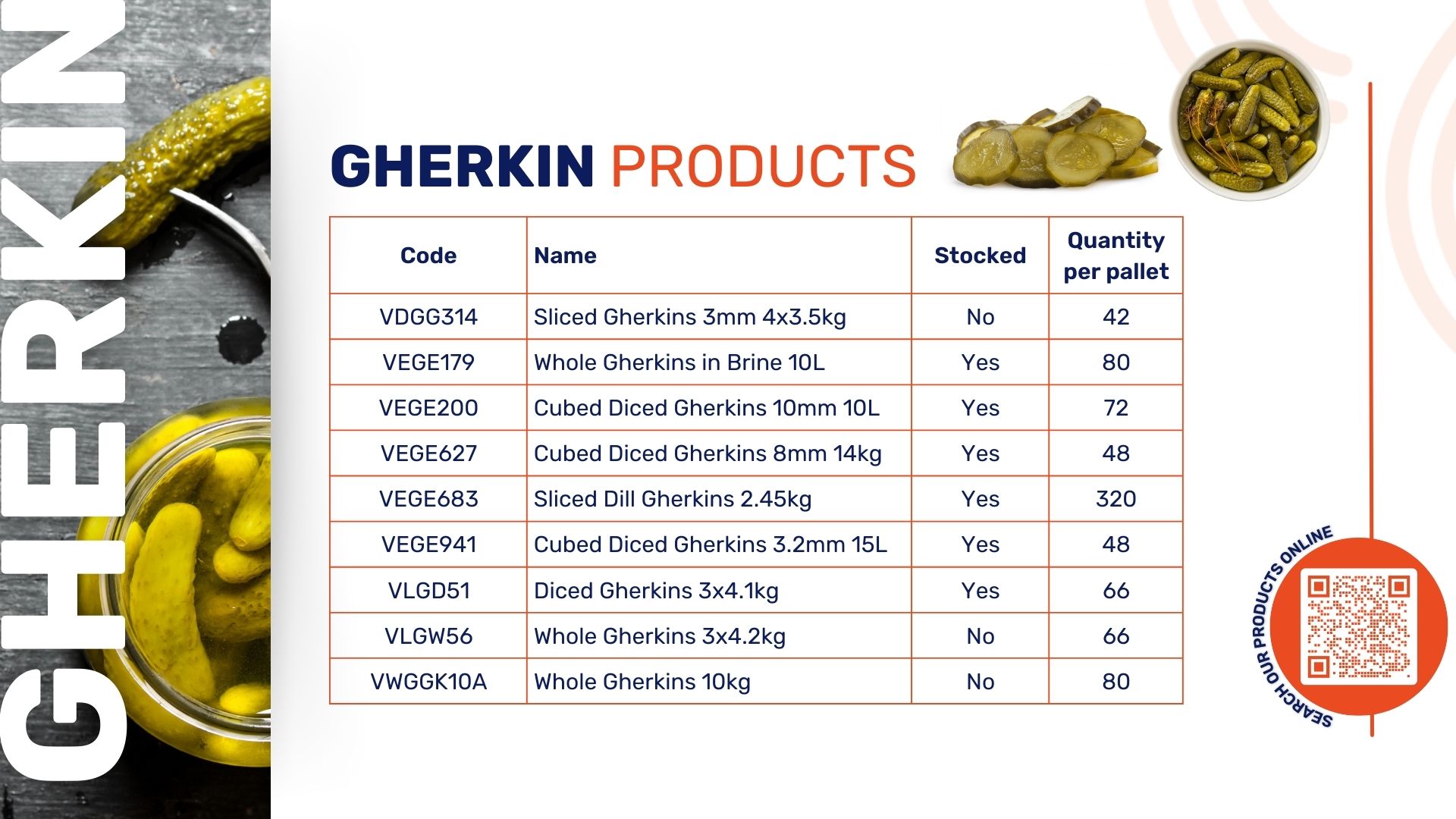The gherkin industry is witnessing shifts in several key cost drivers which directly impact the production and market pricing of gherkins. While there are reductions in some areas such as energy and fertilizer costs, other expenses such as labour and regulatory charges are on the rise. This mixed financial landscape is setting the stage for a stabilization in gherkin prices, maintaining them at levels similar to the 2023 harvest despite various pressures.
- Decrease in Energy and Fertilizer Costs
- The cost of energy, a significant component of the production expenses for gherkins, has seen a decrease. This reduction is pivotal as gherkin production involves extensive use of machinery.
- Concurrently, fertilizer prices have also declined, aiding in reducing the raw material costs from farms which can potentially offset other rising costs to some extent.
- Increase in Labour Costs
- Labour costs continue to escalate, influenced by the increase in minimum wage regulations across Northern and Western Europe, and Asia. The labour-intensive nature of gherkin harvesting, which requires significant manual effort, contributes prominently to this rise.
- Within the production facilities, the high requirement for manual labour, including sorting and handling of the produce, further pressures the cost structure.
- Transport and Logistics Challenges
- Transportation costs have been influenced by several factors including new regulatory charges such as the CO2 emissions tax and increased road tolls in Germany. These changes are making transportation significantly more expensive, even for locally sourced materials.
- Ongoing global logistical challenges, notably those affecting the Red Sea routes, impact the delivery and cost of pesticides essential for gherkin farming, thereby indirectly influencing production costs.
- Impact of Plant Protection Products and Pesticides
- Costs for plant protection products and pesticides are increasing, which directly affects the cost of cultivation and maintenance of gherkin crops. This rise is particularly significant given the dependency on these products for ensuring crop quality and yield.
Given the diverse trends in cost drivers—from decreases in some areas to sharp increases in others—the overall expectation is that the market prices for gherkins will remain roughly equivalent to those seen in the 2023 harvest season. This stability is crucial for planning and forecasting in the food production industry, particularly for stakeholders in the gherkin market.





